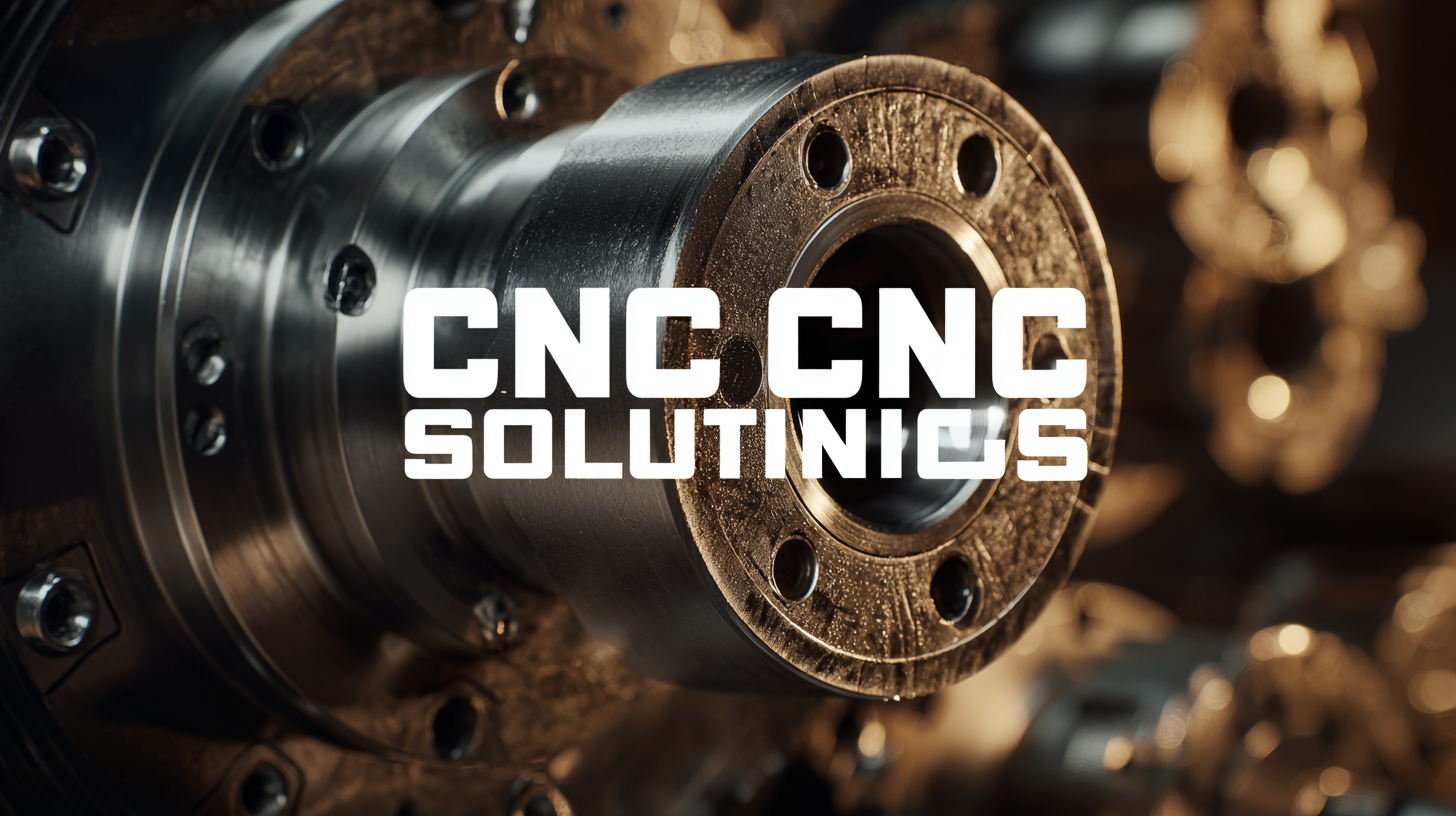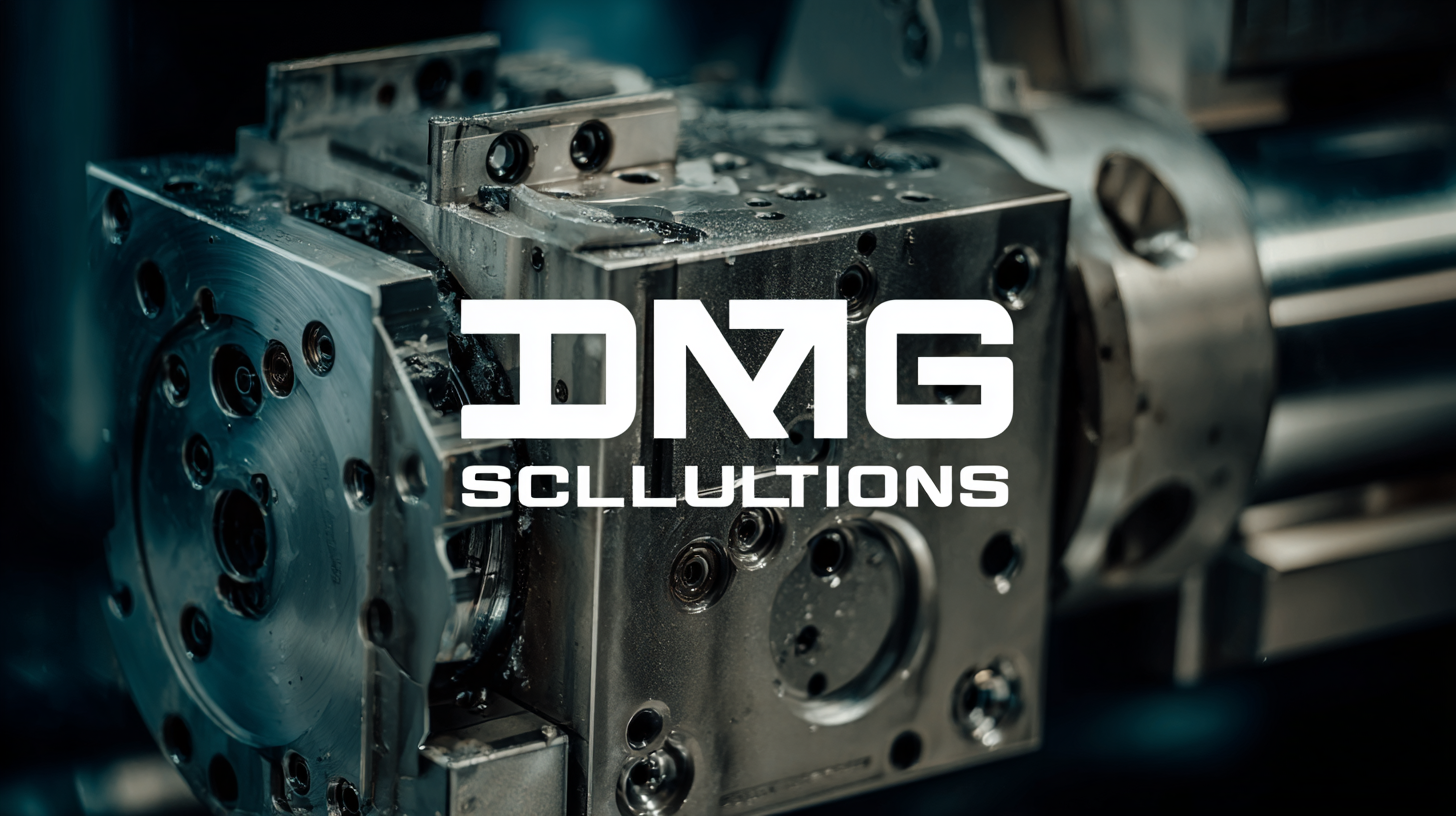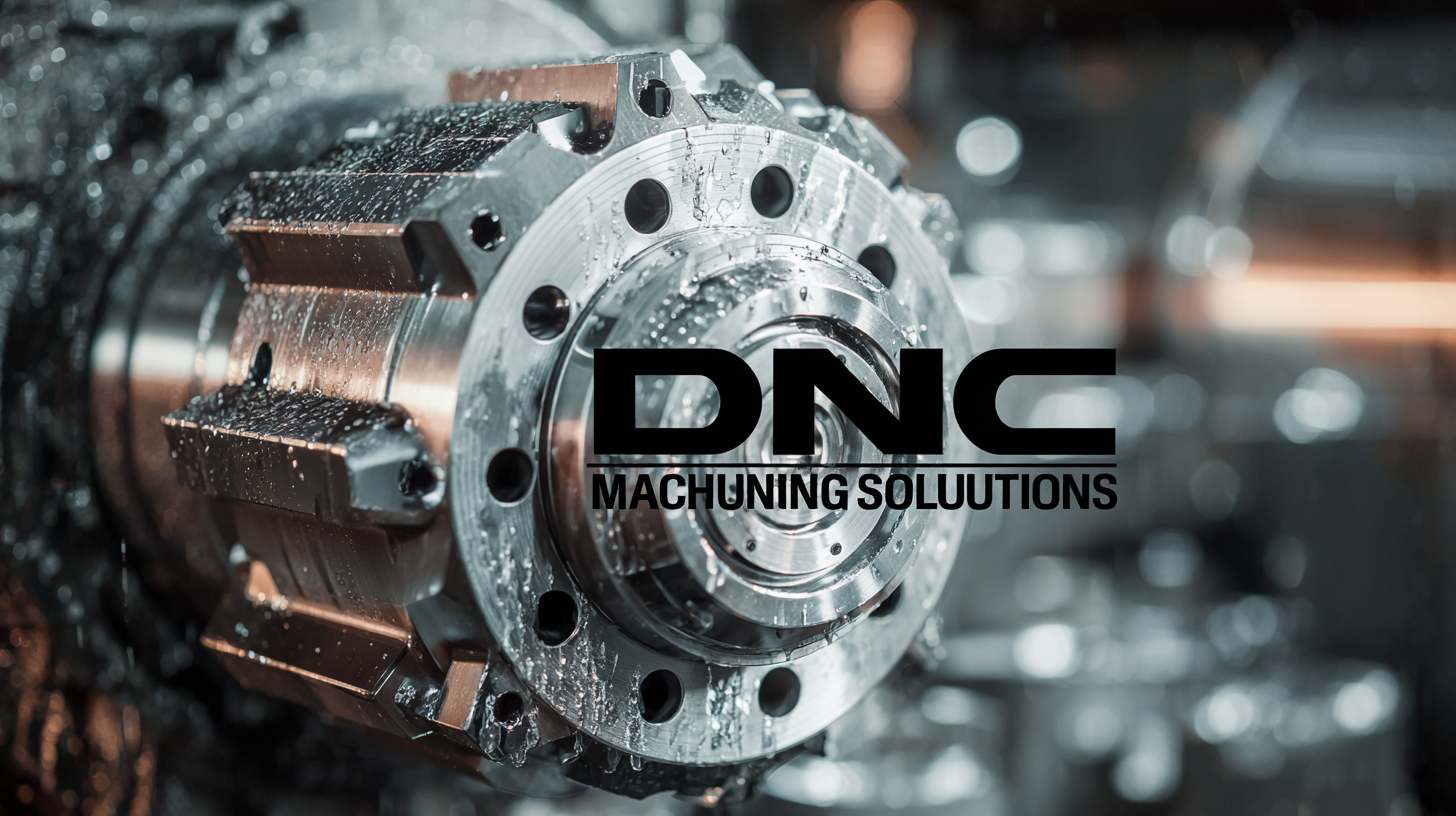Exploring the Unique Features and Applications of Diverse Cnc Machining Alternatives for Global Buyers
In the rapidly evolving landscape of manufacturing, CNC machining solutions have emerged as pivotal components in streamlining production processes and enhancing precision engineering. According to a recent report by MarketsandMarkets, the global CNC machining market is projected to reach USD 100.4 billion by 2025, expanding at a CAGR of 6.8% from 2020. This growth has spurred innovation, leading to the exploration of diverse CNC machining alternatives tailored to meet the varying demands of global buyers. These alternatives not only cater to specific material needs and design complexities but also promote sustainability and cost-effectiveness in manufacturing. By delving into the unique features and applications of these CNC machining solutions, we can better understand their impact on various industries, from aerospace to medical device production, ultimately paving the way for smarter manufacturing practices worldwide.

Exploring the Global CNC Machining Market: Trends and Statistics
The global CNC machining market has witnessed significant growth, with a projected CAGR of 7.5% from 2023 to 2030, as reported by industry analysts. This surge is driven by the increasing demand for precision-engineered products across various sectors, including aerospace, automotive, and medical devices. In particular, the aerospace sector is anticipated to dominate the market, accounting for over 30% of the total share by 2025, largely due to the rising need for lightweight and complex components that can only be efficiently produced through advanced CNC machining technologies.

In addition to traditional CNC machining, alternative methods such as additive manufacturing and hybrid machining are gaining momentum. According to a recent report by Freedonia Group, the adoption of hybrid machining techniques is expected to grow by over 20% within the next five years. This trend reflects an industry shift towards more versatile approaches that combine the strengths of CNC machining with 3D printing capabilities.
As global buyers increasingly look for innovative solutions, understanding these trends and their implications will be crucial for sourcing and adopting the right machining technologies that align with their production needs.
Understanding the Importance of Export-Import Certifications in CNC Machining
In the world of CNC machining, the significance of export-import certifications cannot be overstated. These certifications serve as a vital bridge between manufacturers and global buyers, ensuring that products meet specific quality standards and regulatory requirements across different countries. For buyers, possessing the right export-import certifications not only facilitates smooth transactions but also enhances trust in the manufacturer’s capabilities. This is especially crucial in industries where precision and quality directly impact safety and performance.
Furthermore, obtaining relevant certifications can open doors to new markets for CNC machining providers. Compliance with international standards, such as ISO certifications, helps businesses demonstrate their commitment to quality and reliability. As global competition intensifies, being certified can provide a competitive edge, allowing companies to stand out in a crowded marketplace. Buyers looking for CNC machining solutions should therefore prioritize understanding the certification processes and requirements, ensuring they engage with qualified suppliers who adhere to industry standards and best practices.
Exploring the Unique Features and Applications of Diverse CNC Machining Alternatives for Global Buyers
| CNC Machining Alternative | Unique Features | Common Applications | Export-Import Certifications | Importance for Global Buyers |
|---|---|---|---|---|
| Laser Cutting | High precision, capability to cut complex shapes | Manufacturing parts, signage, artwork | ISO 9001, CE Certification | Ensures quality and compliance with international standards |
| Waterjet Cutting | No heat distortion, can cut thick materials | Aerospace components, stonework, automotive parts | ISO 14001, AS9100 | Critical for sectors with strict regulations and requirements |
| 3D Printing | Customizable, fast prototyping capabilities | Rapid prototyping, medical devices, consumer products | ASTM F2921, ISO/ASTM 52900 | Facilitates innovation and adaptation across industries |
| EDM (Electrical Discharge Machining) | Ability to machine hard materials, intricate shapes | Tooling, aerospace, medical implants | ISO 13485, TS16949 | Assures product reliability in critical applications |
| CNC Milling | Versatile, can handle complex features and contours | Automotive components, aerospace structures | ISO 9001, ISO 45001 | Essential for maintaining quality across supply chains |
Comparative Analysis of CNC Machining Alternatives and Their Industry Applications
CNC machining has long been the hallmark of precision manufacturing, but as technology evolves, diverse alternatives are making their mark. One of the most promising options is additive manufacturing, or 3D printing. This method excels in creating complex geometries that traditional CNC machines struggle to achieve. Industries such as aerospace and automotive are capitalizing on this technology to produce lightweight components that enhance performance and reduce material waste. The ability to rapidly prototype and iterate designs further amplifies its appeal to global buyers seeking efficiency and innovation.
Another alternative gaining traction is waterjet cutting. This technique uses high-pressure water mixed with an abrasive to slice through materials with unmatched precision. Its versatility allows it to handle a wide range of materials, from metals to glass, making it ideal for industries such as construction and design. Compared to CNC machining, waterjet cutting requires lower energy input and generates minimal waste, resonating with sustainability-minded manufacturers. As global buyers weigh their options, understanding the strengths and applications of these CNC machining alternatives is crucial for making informed procurement decisions.
The Role of Quality Standards in Enhancing CNC Machining Efficiency
Quality standards play a crucial role in the efficiency of CNC machining processes, especially for global buyers seeking consistency and excellence in manufacturing. By adhering to international quality standards, manufacturers can ensure that their CNC machined components meet stringent requirements, resulting in enhanced precision and reduced waste. This focus on quality not only improves productivity but also builds trust between suppliers and customers, fostering long-term relationships in the competitive landscape of global trade.
Moreover, the implementation of robust quality control measures helps identify potential issues early in the machining process. By utilizing advanced quality management systems, manufacturers can monitor key performance indicators and make adjustments in real-time. This proactive approach leads to higher output rates and minimizes costly errors, ultimately benefiting the buyer with lower production costs and shorter lead times. As global buyers increasingly demand reliable and high-quality products, embracing rigorous quality standards is imperative for CNC machining providers to remain competitive and responsive in a fast-evolving market.

Emerging Technologies in CNC Machining: What Global Buyers Should Know
In recent years, the CNC machining landscape has been significantly transformed by emerging technologies, which have broadened the horizons for global buyers. One notable innovation is the integration of artificial intelligence and machine learning into CNC systems. These advancements enhance operational efficiency and precision by enabling machines to adapt to varying production demands automatically, optimizing settings in real-time to minimize waste and costs. For global buyers, understanding how these technologies can streamline their production processes is crucial in a competitive market.
Another cutting-edge development is the adoption of multi-axis CNC machines. Unlike traditional 3-axis machining, these advanced systems allow for more complex part geometries and a higher degree of flexibility in production. By exploring these alternative machining methods, buyers can achieve superior craftsmanship and quicker turnaround times for intricate designs. This adaptability is particularly beneficial for industries such as aerospace and automotive, where precision and innovation are paramount. As global buyers seek to stay ahead, embracing these emerging technologies could very well redefine their manufacturing capabilities and overall business success.

